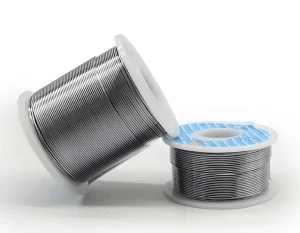
Everything You Need to Know About Soldering Wire
Introduction and Definition of Soldering WireIn modern electronics manufacturing, metalworking, and various electrical assembly processes, soldering is a crucial process for connecting components and conductors. Among the many soldering materials,
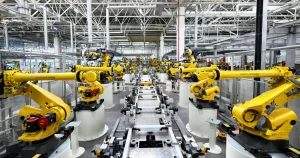
Elektronische Fertigung
Elektronikfertigungsdienstleistungen (EMS), auch bekannt als ECM (Electronic Contract Manufacturing), sind Elektronikhersteller, die eine Reihe von Dienstleistungen für Markeninhaber elektronischer Produkte anbieten, darunter Fertigung, Beschaffung, Teilkonstruktion und Logistik. Im Vergleich zu

Board-level EMI shielding technology in PCB design
EMI radiation consists of electric and magnetic fields, which disrupt the normal operation of electronic devices. These electromagnetic waves propagate within electronic devices and interfere with electrical components, with their
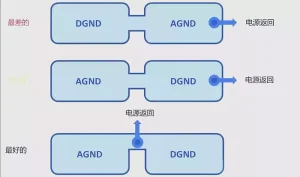
Wichtige Überlegungen zum Entwurf der Leiterplatte-Erdung
Die Erdungsfläche auf einer Leiterplatte ist in der Regel ein großer Metallbereich, der mit der Schaltungserde verbunden ist. Dieser Metallbereich kann nur einen kleinen Teil der Platine einnehmen oder sich

Considérations clés pour la conception de la mise à la terre des circuits imprimés
Le plan de masse d’un circuit imprimés est généralement une grande surface métallique reliée à la masse du circuit. Cette surface métallique peut occuper seulement une petite partie de la

Key Considerations for PCB Grounding Design
The pcb grounding plane on a PCB is typically a large metal area connected to the circuit ground. This metal area may only occupy a small portion of the board
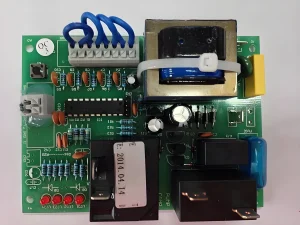
How to Tell if Your Aquarite Control Board is Bad
Introduction – Why Pay Attention to the Health of Your Aquarite Control Board In swimming pool water quality management, automated salt chlorination systems are widely adopted for their efficiency, environmental
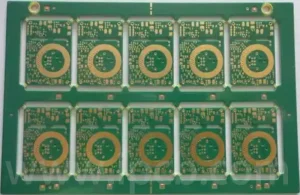
PCB board layer layout principles
A PCB board layer typically refers to the number of conductive layers within a printed circuit board (PCB). These conductive layers are made of copper foil and are a critical
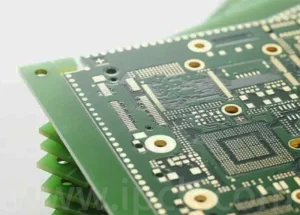
The key role of PCB via plugging
Conductive via holes, also known as through holes, pcb via must be filled to meet customer requirements. After extensive testing, the traditional aluminium plate filling process has been replaced with
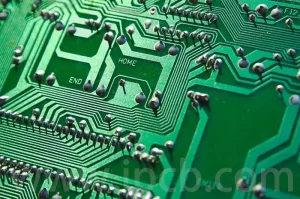
Key points in PCB pad design
PCB pad is a critical component of printed circuit boards, serving as the interface between electronic components and the circuit board for establishing electrical connections and mechanical support. The quality
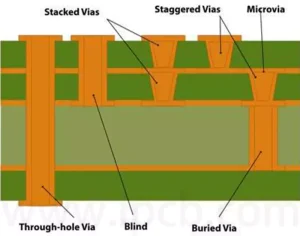
PCB aspect ratio design reference factors
The pcb aspect ratio, which is the ratio of the length to the width of the circuit board, is a critical parameter in electronic design. The aspect ratio refers to
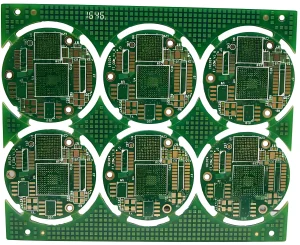
Decoding the Rise of Round PCB Board in Modern Electronics Design
Introduction – Understanding Round PCBs In modern electronic product design, PCBs (Printed Circuit Boards) have evolved from their original simple rectangular form to encompass a variety of shapes and structures.
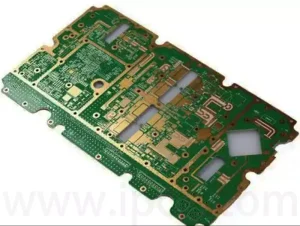
Advantages and influencing factors of electroplating hole filling process
Electroplating via filling is a key technology in the field of modern high-density electronic packaging. It not only greatly enhances the design flexibility and performance of PCB boards, but also
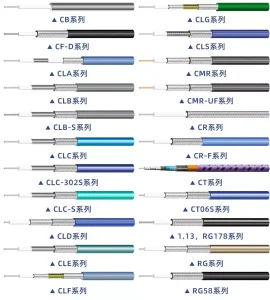
Performance testing and transmission distance of RF cable assembly
RF cable assembly is cable that transmit radio frequency (RF) signals from one device to another. They consist of coaxial cable and RF connectors at both ends. Coaxial cable has
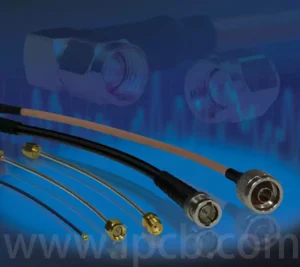
What is a RF cable?
What is a RF cable? A RF cable is a type of cable used for transmitting high-frequency signals, and its construction differs from that of ordinary cables. RF cable typically

Key Techniques for RF Circuit Board Design Interference Resistance
As a core component of electronic devices, the performance stability of RF circuit boards directly affects the overall operational effectiveness of the device. However, in complex electromagnetic environments, RF circuit

RF PCB Shielding Methods
RF pcbs are core components in electronic devices, and their performance stability directly affects the overall operational effectiveness of the device. However, in complex electromagnetic environments, RF circuit boards are
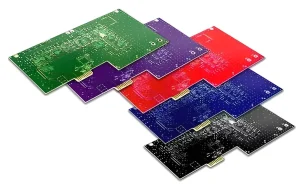
Application and advantages of dry film solder mask in PCB manufacturing
IntroductionAs electronic devices increasingly move toward higher density, higher performance, and smaller form factors, the manufacturing requirements for printed circuit boards (PCBs) are also increasing. As the foundation of electronic
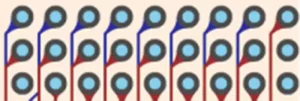
The Function and Design Points of PCB Teardrop
What is a PCB teardrop? A PCB teardrop is an additional copper pad, either straight or circular, located at the connection point between a pad or via and a trace,
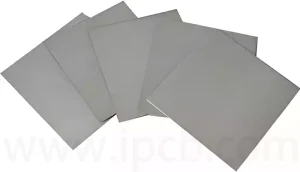
Sputtering target materials contribute to the development of EMI coating
EMI coating is a thin film made from materials that shield electromagnetic interference signals, capable of blocking the propagation of electromagnetic waves. EMI coating is typically made from conductive materials
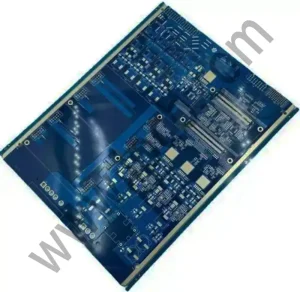
The impact of graphics card pcb layer count on performance
A graphics card circuit board, also known as a graphics card motherboard or graphics card PCB, is a circuit board used to transmit signals from the graphics processing unit (GPU).
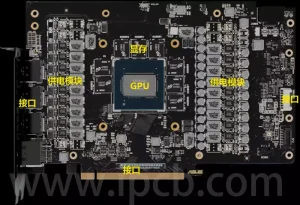
The core role of the graphics card PCB power supply system
On a graphics card pcb, the power supply section is just as critical as the graphics processing unit (GPU). If the GPU is the ‘brain’ of the graphics card, then
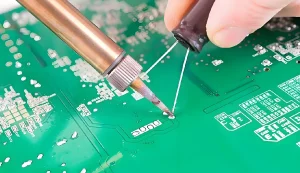
Exploring the Future of Solder Mask Material in PCB Design
Definition and Function of Solder Mask Material in PCB Design In the printed circuit board (PCB) manufacturing process, solder mask is a crucial protective coating. It’s typically green, hence the
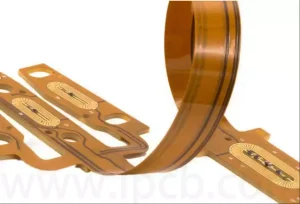
Advantages and disadvantages of FPC coverlay
What is coverlay in fpc?FPC coverlay is polymer film made from materials such as polyimide (PI), primarily used to protect and insulate the external circuits of flexible PCB. FPC coverlay